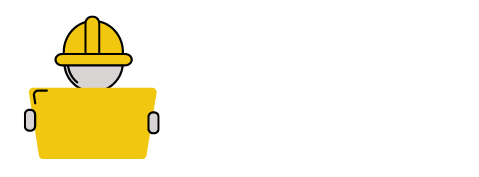Tree removal is a process that you may be asking yourself. First, determine how much space
you have to allow the tree fall. If you do, you can cut down the trunk in one piece, leaving a low
stump. If not, you will need the tree to be cut on the side that you want it to fall. Or you can ask
another team member to come back and take the stump out. You will have to cut the tree down
in pieces if it is too close to a power line or building. You can learn more about this process by
getting a quote.
A company that can safely and efficiently removes trees will make the job as easy as possible.
They will use multiple vehicles to accomplish the task, including a large truck as well as a
woodchipper. Before they start, make sure to remove any items that might get damaged by the
tree. You may also need to notify neighbors and make arrangements to let them know you’re
doing tree removal.
Once you have all the permits in place, you can start the process. Once the area is cleared for
removal, the crew can get to work. Before you begin removing the tree, make sure that no one
else is present. If possible, you’ll want to ask your neighbors to stay indoors or use a different
path so no one will get hurt while the removal takes place.
First, your arborist will assess the size of the tree. A large tree will require more skill and
equipment than a small one. A professional will be required to remove large trees because they
can pose higher risk. It is easier to remove smaller trees and requires less knowledge and
equipment. A professional should be consulted in either case. If you are not certain of your
capabilities, it’s best to ask for a quote from several companies.
The type of tree that you have will affect the removal process. If the tree is too large for your
property, the team will work to secure the remaining pieces of the tree so it won’t fall on your
property. Similarly, if the tree has problems such as falling on power lines, it’s probably better to
get rid of it than leave it. This will make the process easier and more affordable.
Before the tree is removed, you’ll need to clear the area. The stump of the tree can also be
removed. Some people prefer to keep the stump. Others may not. This is why it is a good idea to
hire a professional tree-removal service. Not only will this save you time, but it will also help
reduce the amount of work and energy required to clear the area. You will also be allowed to
use any remaining wood.
Permits will be required if you plan to remove trees. Many areas have no laws that regulate the
use of private property for tree removal. There are limitations on who can remove a tree. For
example, if a tree is on private property, the Trenton department of forestry has the right to cut it
down, provided they first notify the owner of the property.
Before you can cut down a tree you will need to obtain a permit from Bureau of Forestry. For
trees less than 50 feet from the shoreline, permits are required in many states. If the tree is in
the quarantine zone for Asian Long-Horned Beetle in Illinois, you will need an additional permit.
Similar procedures are followed in other states, though it can be more complex in some
jurisdictions.
When it comes to trees, legal codes don’t cover the removal of trees on private property. Tree
removal laws in Milwaukee apply to trees in public parks and other public areas. Private property
is not covered by the laws. Wisconsin requires that trees placed more than 20 feet from power
lines be removed. These trees should be left to professionals to ensure that they are safe.
Some cities have laws that protect certain types of trees. If you plan to cut trees on private
property in cities like Charlotte or North Charleston, a permit is not required. If a tree is
dangerous or threatens another property, the city’s tree board can remove it. To learn more
about these laws, you will need to contact the property owner.

